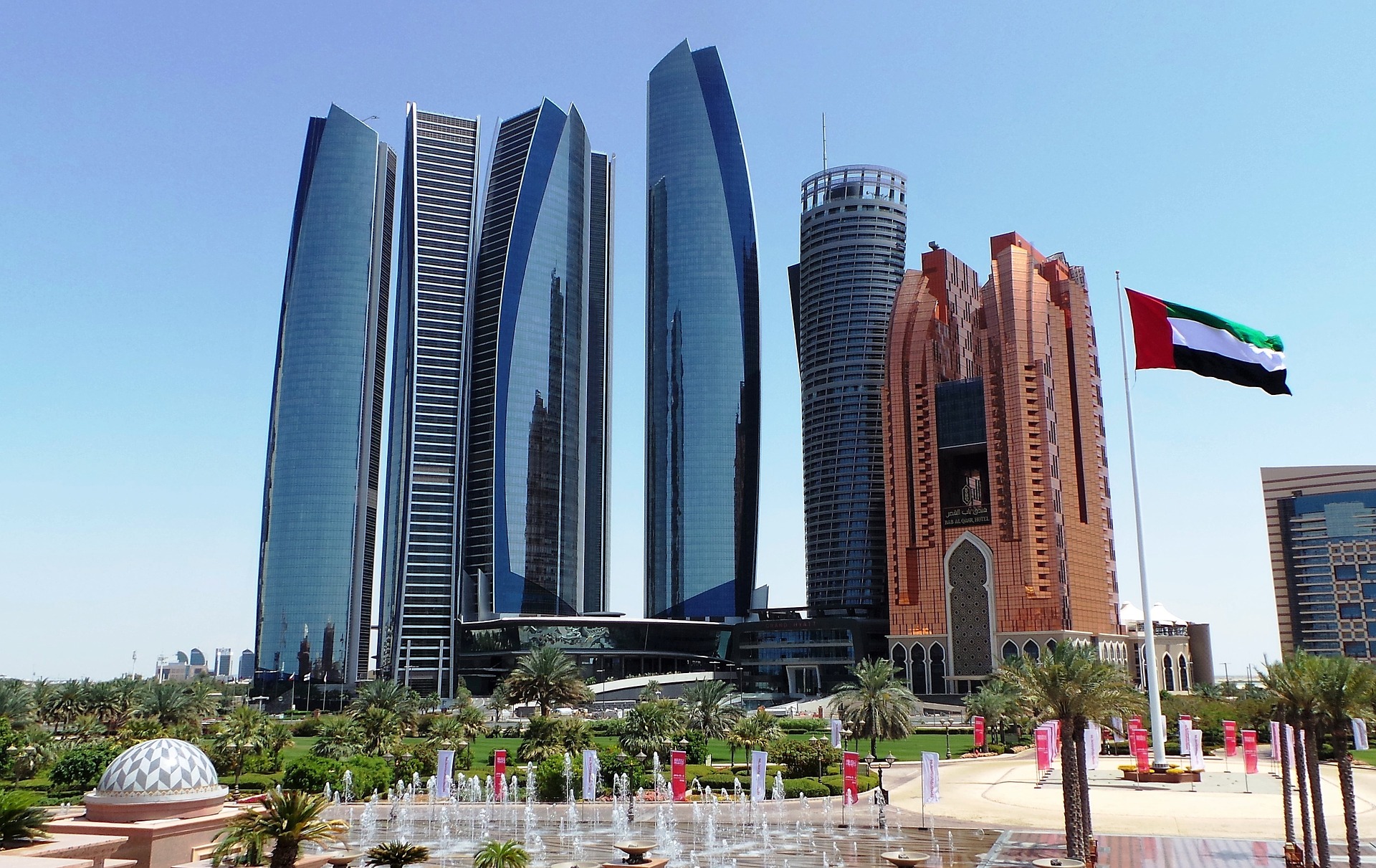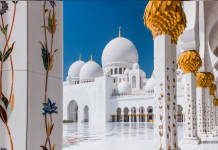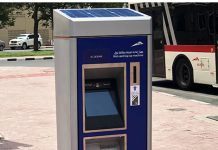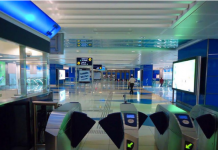Abu Dhabi is the federal capital of the United Arab Emirates and the largest Emirate in the UAE. It is ruled by His Highness Sheikh Khalifa bin Zayed Al Nahyan, who is also the President of the UAE .
Not long ago, Abu Dhabi was largely empty desert inhabited only by nomadic Bedouin tribes, with a sprinkling of villages around the more fertile areas. The discovery of oil in 1958 brought radical change. Revenues have been wisely invested and have helped to facilitate a transformation, which have turned Abu Dhabi into a thriving and modern Emirate.
Whilst recognizing the success of the oil sector, Abu Dhabi is working hard to reduce its hydrocarbons reliance and broaden the Emirate’s economy. Investment in infrastructure, tourism, transport, health and education is continuing and in line with the government’s 2030 urban plan. Tourism is playing in integral role in Abu Dhabi’s economic development, with the Emirate targeting 2.3 million hotel guests by 2012. Major investment in new luxury resorts and business hotels is underway.
Abu Dhabi has many things to offer to its visitors and residents: a versatile landscape, thriving investment hub, and a friendly environment boasting one of the highest per capita incomes and one of the lowest crime rates in the world. Abu Dhabi City will soon be home to the world’s largest concentration of premier cultural institutions including the Sheikh Zayed National Museum, the Guggenheim Abu Dhabi and Louvre Abu Dhabi.
 Abu Dhabi has become a centre for world-class sporting events such as the Abu Dhabi Golf Championship, the prestigious Abu Dhabi Desert Challenge cross-country rally, and the Formula One Abu Dhabi Grand Prix.
Abu Dhabi has become a centre for world-class sporting events such as the Abu Dhabi Golf Championship, the prestigious Abu Dhabi Desert Challenge cross-country rally, and the Formula One Abu Dhabi Grand Prix.
Abu Dhabi’s famous Liwa oasis in the south of the Emirate is home to some of the largest and most beautiful sand dunes in the world, while the garden city of Al Ain, Abu Dhabi’s second largest city, lies in the foothills of Jebel Hafeet, one of the famous peaks of the Hajar Mountains.
Abu Dhabi has an Executive Council chaired by its Crown Prince, His Highness General Sheikh Mohammed bin Zayed Al Nahyan, under which separate departments function like ministries. It also has several autonomous agencies with clearly specified powers and a 60-member National Consultative Council comprising representatives of the main tribes.
The Western and Eastern Region of the Emirate and its oil terminal of Das are headed by Rulers Representatives, while its main cities, Abu Dhabi and Al Ain, are administered by municipalities. A municipal authority for the Western Region has been created.















